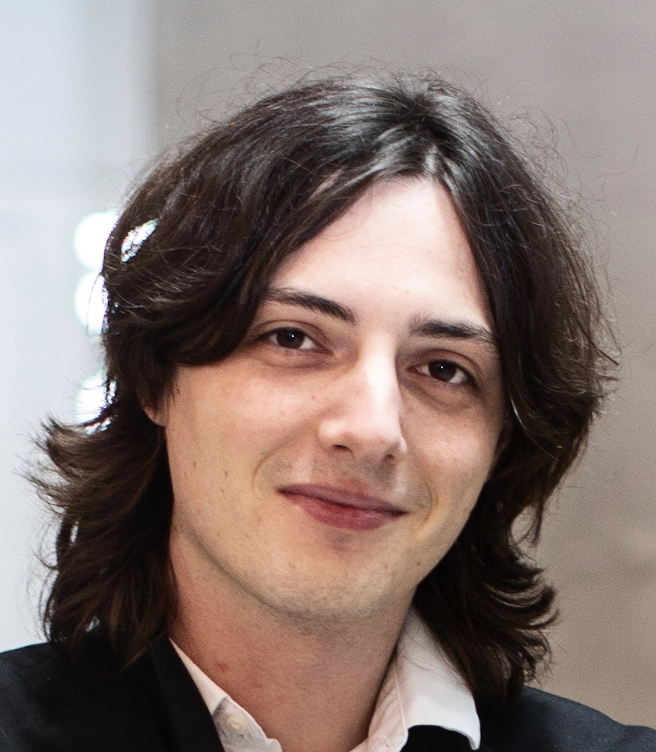Designing quantum materials with quantum computers
The Jane and Aatos Erkko Foundation awards a proof-of-concept grant for the design of quantum materials with quantum computers.

Creating new materials with quantum properties on macroscopic scales is one of the major challenges in quantum technologies. Theoretically modelling them requires so much computing power that it easily exhausts even classical supercomputers.
Quantum computers, however, have the potential to predict the properties of strongly correlated quantum materials. These materials are not only central to advancing quantum technologies but also contribute significantly to fundamental physics.
Discovering a quantum material with new properties could pave the way for new quantum detectors and improvements to existing quantum computers, which may in turn enable the next generation of even better quantum computers.
To that end, Aalto University researchers, led by Jose Lado, Assistant Professor and leader of the Correlated Quantum Materials group, have now shown how a quantum material can be studied using a quantum computer. Using the—or FiQCI for short—the team focused on a set of topological materials, which have the remarkable property of conducting electricity without any heat loss.
The paper was published today in the journal Physical Review Research: .
“Predicting quantum materials that exhibit exotic topological phenomena, especially when electrons interact strongly, is a crucial step toward overcoming many challenges in quantum technologies. The material we studied with Helmi has a protected electrical current, meaning electrons flow without electrical losses–regardless of defects,” Professor Lado says.
The team showed that the Helmi quantum computer, a part of FiQCI and operated by VTT, could predict the conditions under which a material exhibits this lossless quantum phenomenon. The team behind the discovery also consists of Marcel Niedermeier, first author of the work and Ph.D. researcher at Aalto, Marc Nairn, an AScI summer student at Aalto, and Christian Flindt, Associate Professor at Aalto.
“Until now, designing quantum materials relied heavily on classical computer algorithms. While this specific case can be computed using classical computers—which we used as a benchmark—this new algorithm could also be applied to far more complex materials that are beyond the reach of even supercomputers, once noise-resilient quantum computers are available” Lado says.
In addition to being the first time Helmi was used to study a quantum material, the research provides a foundation for an ambitious goal: predicting fractional topological quantum materials. These materials are particularly promising because they offer protection not only for electrical currents but also for quantum information.
Assistant Professor Jose LadoUntil now, designing quantum materials relied heavily on classical computer algorithms.
Electrons in these materials behave as if they are fractional particles, giving rise to quantum excitations that act like fractions of an electron. These quantum materials can take various forms, including atomically engineered magnets or combinations of superconductors with strongly correlated materials.
Predicting such materials with classical supercomputers remains a massive challenge. Achieving this would have a disruptive impact on quantum technologies, particularly quantum computing. Fractional topological materials hold immense potential for scaling up quantum computers.
“This research shows how current quantum computers can aid in predicting materials that may lead to a new and disruptive generation of topological quantum computers. That can, in turn, drive the next wave of innovation in quantum technologies,” Lado says.
This research combines quantum materials with quantum algorithms and computation–two major research lines in quantum technologies and two focus topics of and . The work was funded by InstituteQ and by the Jane and Aatos Erkko Foundation. It is a result from a project awarded to Flindt and Lado in 2022.


The Jane and Aatos Erkko Foundation awards a proof-of-concept grant for the design of quantum materials with quantum computers.

InstituteQ coordinates quantum research, education, and business in Finland



